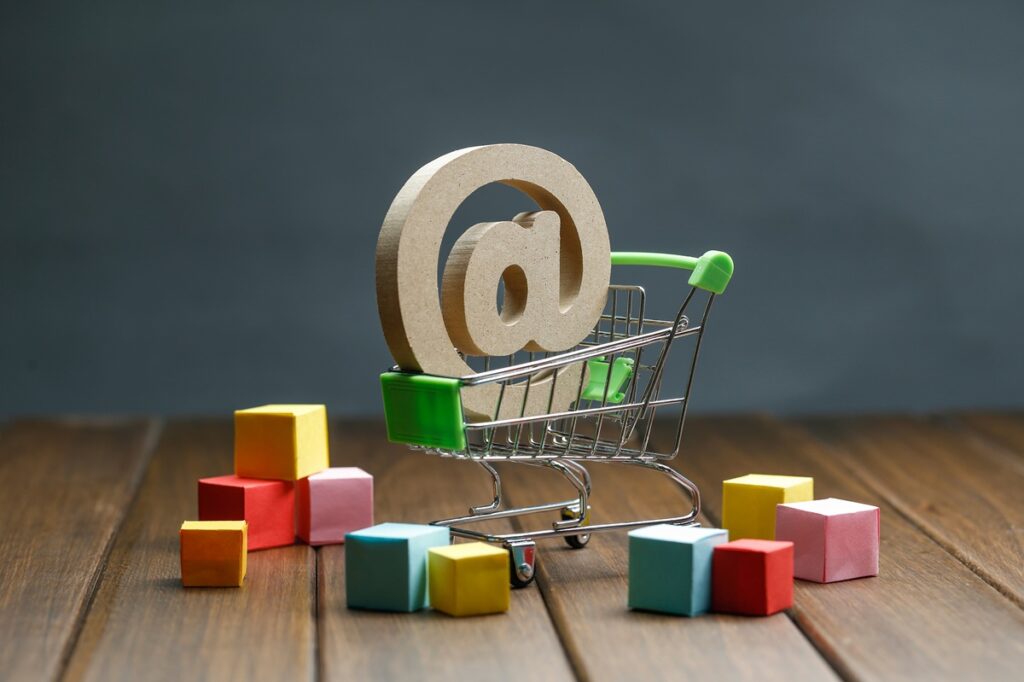In the modern retail landscape, consumers increasingly rely on online search to find local businesses before making in-person visits. Whether they’re looking for a clothing boutique, electronics store, or health food shop, potential customers often search online before deciding where to go. This makes local SEO a crucial tool for any retail store that wants to increase foot traffic. With a strong retail SEO strategy, you can ensure your store appears prominently in local search results, attracting more walk-in customers who are ready to shop.
One of the first and most important steps in improving your local presence is optimizing your Google Business Profile (GBP). A well-managed GBP listing increases your chances of showing up in Google’s local “3-pack”—those top three listings that appear in map-based search results. Be sure your business name, address, phone number (NAP), hours of operation, and photos are up to date. Encourage customers to leave reviews and respond to them promptly. Your GBP acts as a digital storefront and should represent your business accurately and professionally.
Another essential tactic is incorporating localized keywords into your website content. Instead of using generic terms like “shoe store,” opt for specific, location-based phrases like “shoe store in downtown Jacksonville” or “men’s footwear Miami.” Use these keywords throughout your site—in page titles, meta descriptions, headers, product pages, and image alt text. This signals to search engines that your website is relevant to people searching in your area, improving your retail SEO performance.
If your business operates in multiple locations, it’s important to create a dedicated landing page for each store. Each page should include the specific address, phone number, store hours, Google Map embed, and any unique offers for that location. These location-specific pages make it easier for Google to index your site correctly and for local customers to find the nearest store, boosting both online and in-store engagement.
Customer reviews also play a vital role in local SEO rankings. Google considers the number, quality, and frequency of reviews when determining how to rank local businesses. Make it easy for satisfied customers to leave reviews by sharing direct links via email or SMS after a purchase. Respond to both positive and negative feedback in a timely and professional manner. A strong review profile not only improves your retail SEO but also builds trust and credibility among potential shoppers.
Don’t overlook the value of local citations and directory listings. These are mentions of your business on platforms like Yelp, Facebook, Yellow Pages, and other industry-specific directories. Consistency is key—ensure your NAP information is identical across all listings. These citations help verify your business’s legitimacy and improve your local search rankings by strengthening your overall digital presence.
For advanced SEO efforts, consider adding LocalBusiness schema markup to your website. This structured data helps search engines understand key business details, such as store hours, location, payment types, and service areas. Implementing schema increases your chances of appearing in rich results, which can include photos, ratings, and additional contact information right on the search results page—making it more likely users will click through and visit your store.
Content marketing tailored to your local audience is another great way to support your retail SEO strategy. Create blog posts or event announcements that are relevant to your community. For example, articles like “Fall Fashion Picks from Our Atlanta Boutique” or “How Our Dallas Store Supports Local Artists” not only drive SEO but also help customers feel a stronger connection to your brand.
In conclusion, driving in-store foot traffic today begins online. A well-executed local SEO strategy can put your retail store directly in front of nearby customers who are ready to buy. By optimizing your Google Business Profile, using localized keywords, managing reviews, and consistently applying retail SEO best practices, you’ll strengthen your local presence and see real growth—not just online, but at your front door.
- Local SEO Strategies for Retail Stores to Drive In-Store Foot Traffic
- Content marketing tailored to your local audience is another great way to support your retail SEO strategy. Create blog posts or event announcements that are relevant to your community.
- Retail seo
Related posts:
 Crystal Pro Max + 10000 Box of 10: Long-Lasting Flavour from a Trusted Vape Store in UK
Crystal Pro Max + 10000 Box of 10: Long-Lasting Flavour from a Trusted Vape Store in UK
 How to Style Your XPLR Merch? Master the Look with Confidence and Edge
How to Style Your XPLR Merch? Master the Look with Confidence and Edge
 Online Editable Wedding Invitation Cards Free Download – Make Your Wedding Invite Truly Yours
Online Editable Wedding Invitation Cards Free Download – Make Your Wedding Invite Truly Yours
 Best Junior Colleges for CEC | Shamshabad | Hyderabad – Accomplish Academy
Best Junior Colleges for CEC | Shamshabad | Hyderabad – Accomplish Academy
 Data-driven SEO strategies using predictive AI AbdulHadi Blog
Data-driven SEO strategies using predictive AI AbdulHadi Blog
 Experienced PIP Attorney – Protecting Your Rights with Mass Pip
Experienced PIP Attorney – Protecting Your Rights with Mass Pip
 Top Recommended Materials for Long-Lasting Flat Roof Systems
Top Recommended Materials for Long-Lasting Flat Roof Systems
 Syna World: Redefining Streetwear with the Iconic Syna World Tracksuit
Syna World: Redefining Streetwear with the Iconic Syna World Tracksuit





